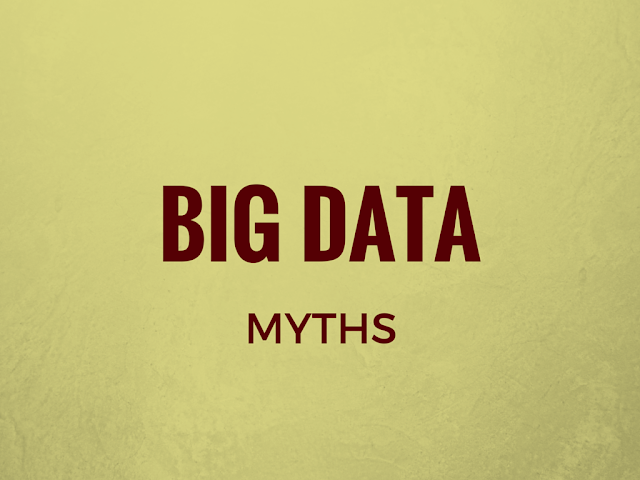
Harnessing the Data We Have Available to Us
The term big data, and more recently, little data, are words that continue to fluster small business owners due to a general lack of understanding of what these terms actually mean. When people think big data, mental images form of huge data warehouses and NASA-esque supercomputers with steam blowing out of vents. The reality is not quite so dramatic. Big data is the analysis of data sets to reveal patterns and trends. Little data is personal quantification, or the measurement, tracking, and analysis of the everyday actions.
In this article we look at how business owners can using data to track customer behavior and learn how customers are interacting with their app or service, and use this information to make changes that improve the customer experience.
Focus On What You Really Need
While apps provide means of collecting data, SMBs without an app can also gather useful stats from CRM systems, social media or email marketing. If the customers are interacting with your company, then you have plenty of little data opportunities to take advantage of.
According to Forbes, 2.4 quintillion bits of digital data are generated each day from the big data stream. Rather than buckling under the pressure of the vast amounts of information out there, SMBs should instead establish clear boundaries for the information that they really need, and focus on their key business objectives they intend to solve with the data.
Shopjester, for example, has to date tracked 5 important user behavior points in its mobile app.
- Which store a user enters?
- What product category a user enters?
- What brands does the user focus on?
- Do they click through to make a purchase from the retailer?
- Do they save or bookmark the item?
Using the information gained through these specific data points allows us to draw a picture of our individual users, their needs, wants and the way they interact with our service.
Choose A Good Tool
The first important step is to set up a database. For example, Mongo DB through the Amazon cloud server is a good start. Then you need to determine what activity in your app or service you want to track.
The next step is to choose your analytics tool, one which best suits the needs of your company. We use mixpanel, one of top 3 mobile analytic channels on the market, to track different data points in real time in our app. There are a range of analytic tools that can be downloaded for free, including Countly, Google’s Universal Analytics, or Flurry Analytics.
Focusing on these key data points allows us to see what users are doing, how much time they are spending on each task, the key areas of the app they are using, and equally as important, which parts they are ignoring.
Taking Advantage Of Your New Data
For our company, focusing on these 5 data points has allowed us to improve our overall click activity by 25% and our purchase activity by 10%.
It is better to make a short list of the parts of your business that you want to make changes to, and then focus all of your attention on the little data that you have available about these areas.
With Shopjester we have been able to improve retention by 15% within the first few months of our release. This was done by looking at the behavioral click patterns within our mobile shopping app and improving the UI experience. Mobile users like things fast and simple when it comes to shopping. The data showed us the parts of the app they were most interested in, and allowed us to focus our efforts on improving these and cutting out sections that had been ignored.
As an example, last year we decided that we wanted to make improvements in the following areas:
- Product views
- Store views
- Buy taps
Our data told us that not enough people were continuing on to the “buy click” section of the site, so we pushed it forward to the same screen as the product, and enlarged it. A change like this may seem obvious, but it improved clicks by 22%.
Another tactic we employed was utilizing the user data from our app to create personalized newsletters that were different for men and women, which we then sent out using Mailchimp. The decision for the different content used in both came directly from our user information gathered from our app.
Understanding little data in a young company allows you to tweak your model during the early stages to improve the process and user experience, rather than wait until it is fully built before unnecessary features are eliminated.
In a shopping model you need to look at pre-purchase behavior to help drive purchases. In this instance you look at the products the user is most interested in, and then push this to the front of their attention.
It’s a one-to-one relationship based on the everyday actions of an individual user, so in the end we don’t need large behavioral data to help increase sales.
Preparing Yourself For The Next Step
Big data-as-a-service, cloud-based platforms are growing in popularity, putting affordable big data solutions within arm’s reach of growing companies. As a company increases its activity levels, it will create more big data and opportunities to find customer trends and relationships within this data. However, the main point is not to wait until some distant time in the future when your company and client base has grown to the level of users required to use big data. Instead, learn from big data analysis during the early growth stage. Use the little data that surrounds you to push your company to the next level and continually improve your service.